Arizona is one of the most heavily mined states in the country, producing large amounts of copper, silver and other hardrock minerals. Much of this mining has and continues to occur on federally owned public lands.
Over the years the face of mining in Arizona has changed dramatically, from the pick and axe, to heavily mechanized large scale operations. Yet despite these changes, the laws that govern mining operations have not been updated in more than a century. Under the 138 year old Mining Law of 1872, valuable taxpayer lands and minerals are virtually given away to international mining conglomerates that then amass enormous profits from mining, or simply turn around and sell taxpayer-owned land to the highest bidder. To add insult to injury, these same mining companies often abandon their mines once they are no longer profitable, or declare bankruptcy, sticking taxpayers with the costly tab for mine cleanup.
The Congressional Budget Office (CBO) estimates the value of hardrock minerals produced from our country’s public lands is more than $1 billion annually. Despite the high value of minerals produced from Arizona and other western states’ public lands, more than 161,000 mines are currently left abandoned by mining companies, leaving the government to pay for cleanup after minerals have been extracted. The Environmental Protection Agency (EPA) estimates that some of these mines will cost taxpayers more than $50 million each to cleanup, and the total cost of remediating abandoned mines nationwide could cost upwards of 70 billion. Other extractive industries such as oil and gas pay royalties for the resources they extract from federal lands and waters, and the hardrock mining industry should not receive special treatment. Mining companies must compensate taxpayers for extracting these resources and provide a revenue stream to cleanup our public lands.
Arizona State Mining Overview
Arizona is the leading producer of nonfuel minerals in the U.S., ranking number one in copper production in addition to producing a high volume of molybdenum, sand and gravel, gemstones, silver, perlite, pumice, and zeolites. In 2007, total mineral production in Arizona was valued at $7.58 billion, with copper production at $5.54 billion.
Although there is no royalty for mining on federal lands, Arizona does charge a gross revenue royalty for mining on state lands. Arizona establishes royalty payments on a case-by-case basis by mine, charging at minimum 2% of the gross value of a mine’s mineral production, before mining expenses and taxes are deducted. The value of the minerals is determined by published prices, or based on fair market value. Some states allow mining companies to deduct production costs from royalty payments, but Arizona does not have a law providing for deductions.
Arizona Giveaways
Arizona has a long history of selling mineral patents to mining companies for little or nothing, and failing to collect fair royalties for minerals mined on public lands.
- Mining companies and individuals have laid claim to subsurface mineral rights on 642,000 acres of public land in Arizona. Of this amount, over 100,000 acres are owned by foreign companies.
- In the 1980s, forty acres near Mesa, Arizona were patented for just $100, or $2.50 per acre, even though a Bureau of Land Management (BLM) appraiser estimated fair market value of the property to be $400,000 at the time.
- Despite a moratorium since 1994, grandfathered patents continue to be issued. In 2008, BLM issued one patent in Arizona for a purchase price of $14,450. The patent was issued for 5,263 acres of federally owned land, making the purchase price less than $2.75 per acre.
- The Sierrita Copper Mine’s 2008 production of 187 million pounds of copper equates to an estimated taxpayer royalty loss of more than $75 million.
Billions in Cleanup Costs
There are an estimated 50,000 abandoned hardrock mine sites in Arizona with a reported 59,400 features that cause a considerable threat to public health and safety.
- Arizona has more abandoned mines than any other state, and five of the top ten mine taxpayer liabilities due to under-funded corporate mine cleanup are located in Arizona.
- The Morenci Mine is Arizona’s largest liability, estimated to cost taxpayers $934 million in cleanup costs.
- The estimated liability of the ASARCO-owned Ray and Mission copper mines in Arizona is nearly $870 million. ASARCO produces more than 350-400 million pounds of copper annually and has made $1.54 billion in profit since 2005.
In total, Arizona's mines could leave taxpayers with potential cleanup costs of more than $3.8 billion. This estimate is based on Arizona’s history of mine abandonment and a cleanup cost of $50,000 per acre. Without real reform of the 1872 mining law, proposed mines could add millions more. Rosemont Copper’s current proposal for a new mine in Pima County, Arizona calls for depositing mining waste on Forest Service land, which would be costly to taxpayers and infringe on a wildlife refuge. A local advocacy group, Save the Santa Ritas, has filed a claim with the Department of Interior, requesting better regulation of environmental remediation for the proposed mine.
General Mining Law of 1872 Must be Reformed
The General Mining Law may have made sense 138 years ago, but continuing to uphold these outdated provisions for mining companies is bad fiscal policy and is causing costly damage to our nation’s public lands and waters. In 1986, the federal government sold 17,000 acres for just $42,500. Less than a month later, the patent holders turned around and sold the land to large oil companies for more than $37 million. The failure to modernize this law continues to allow billions of dollars worth of minerals on federal land to be claimed by mining corporations for no more than $5 per acre, and sticks Arizonans and all U.S. taxpayers with the expense of costly mine cleanup. Congress must act now to bring this archaic law into the 21st century, by charging fair market value for public lands and minerals, and holding mining companies responsible for their own reclamation costs.
For more information, please contact Autumn Hanna at (202) 546-8500 x112 or autumn[at]taxpayer.net.




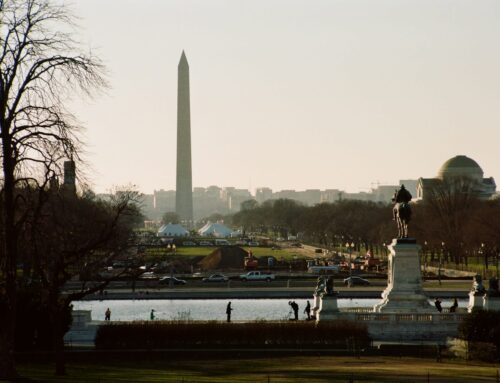
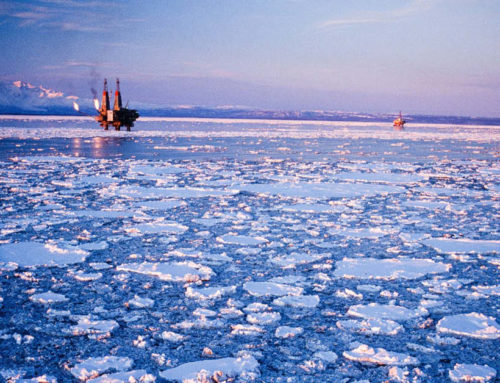



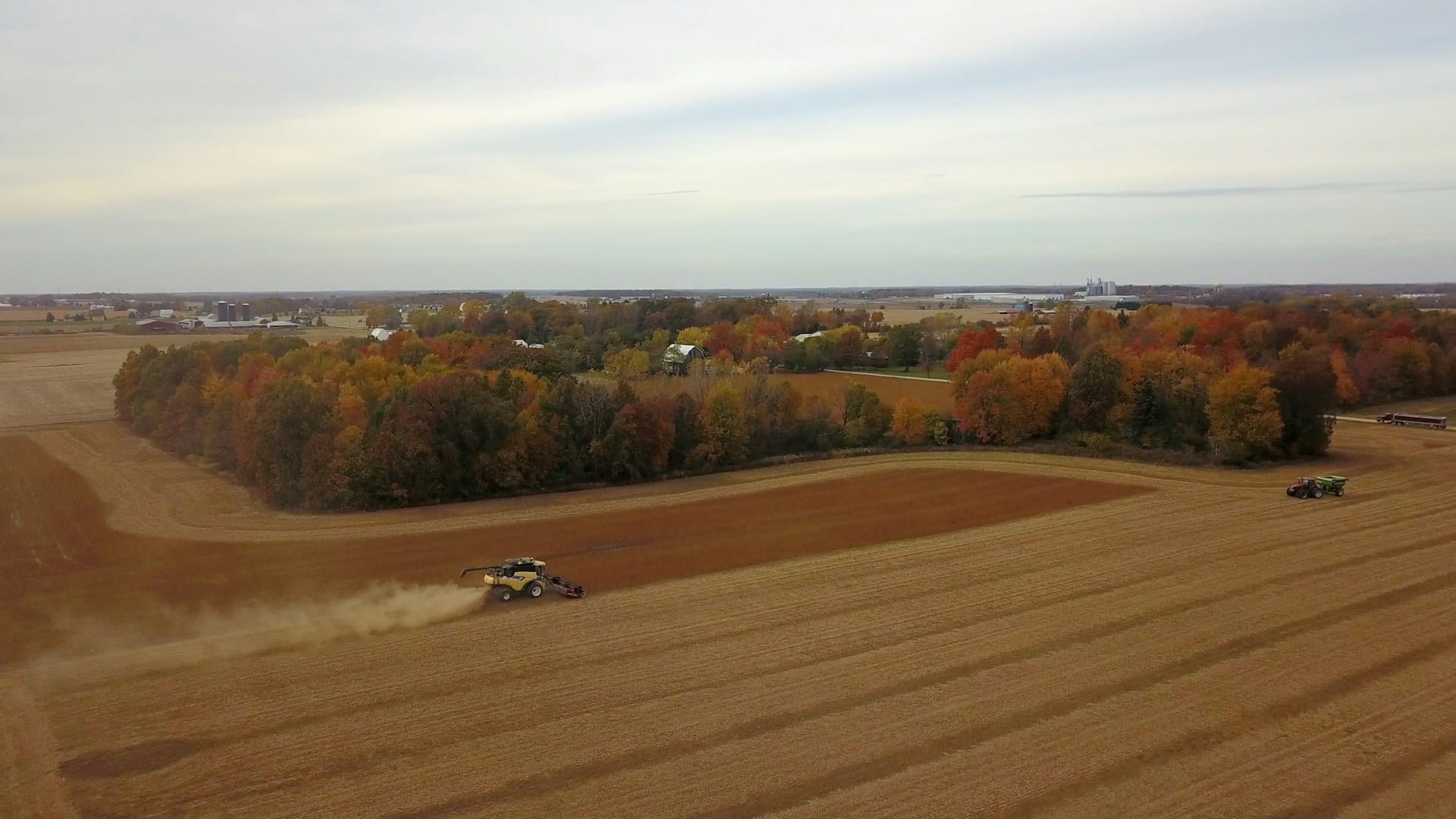
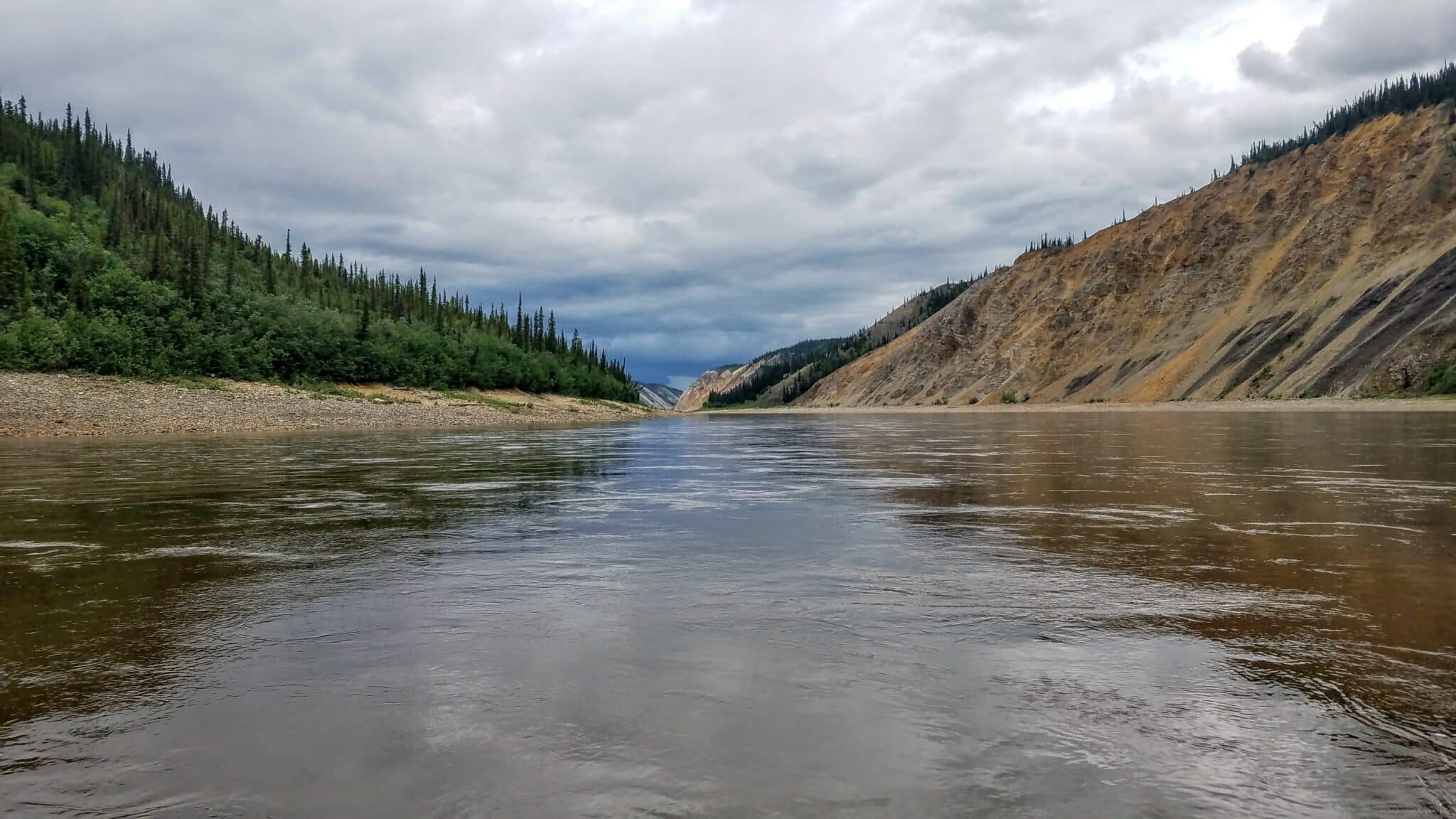
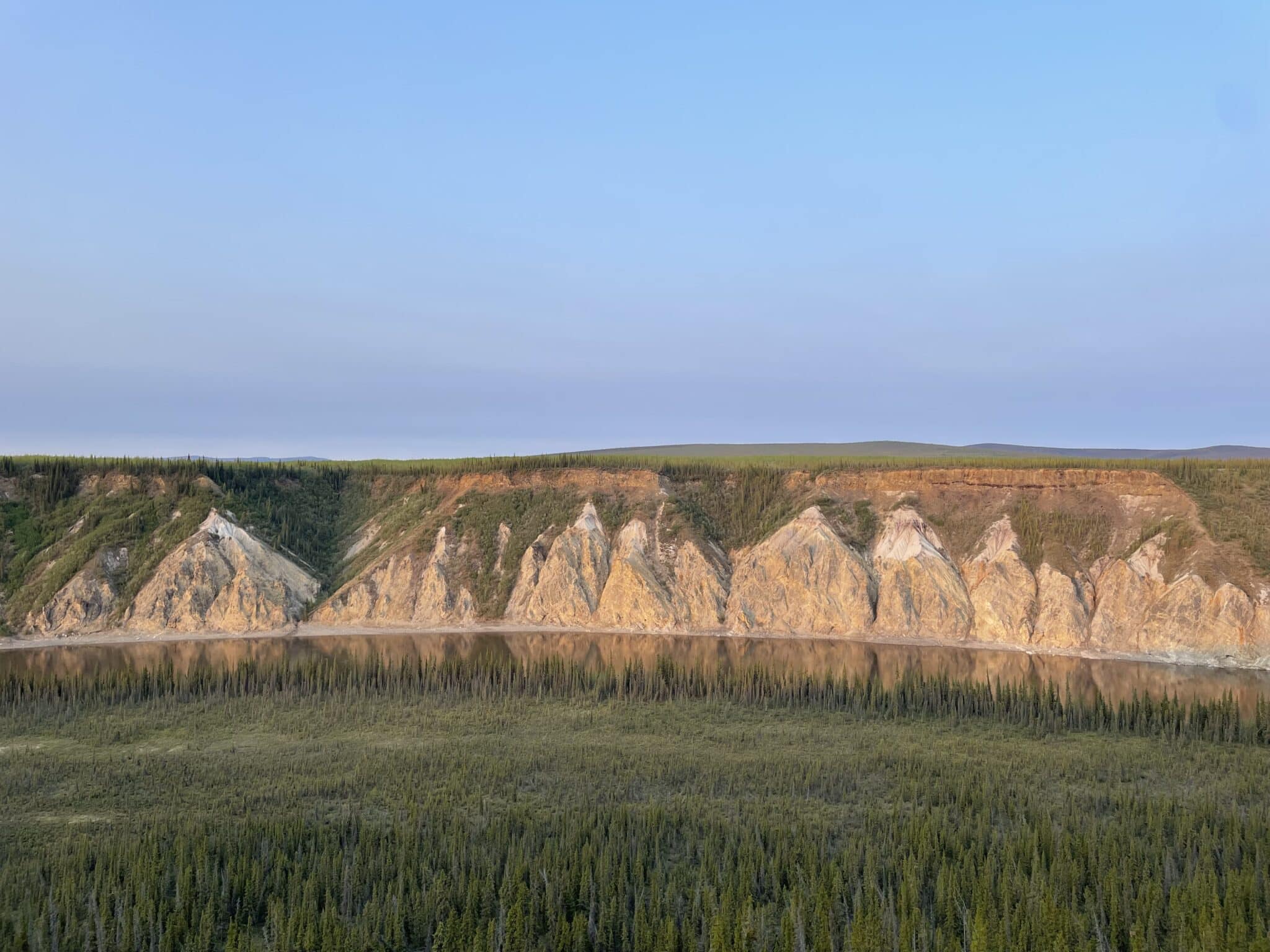
Get Social